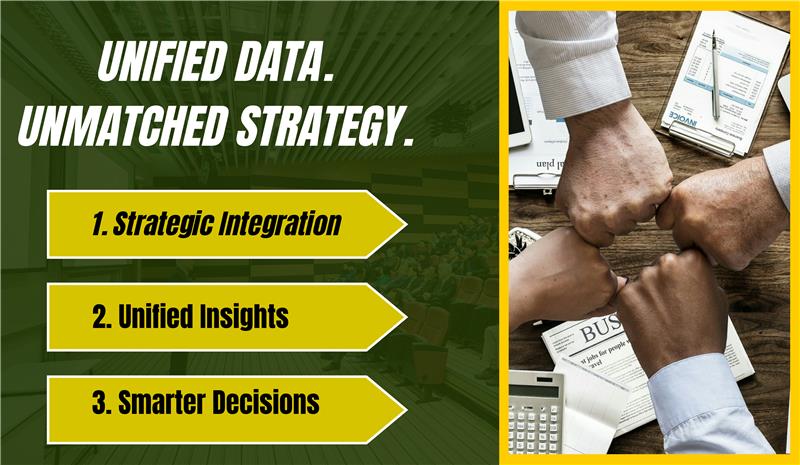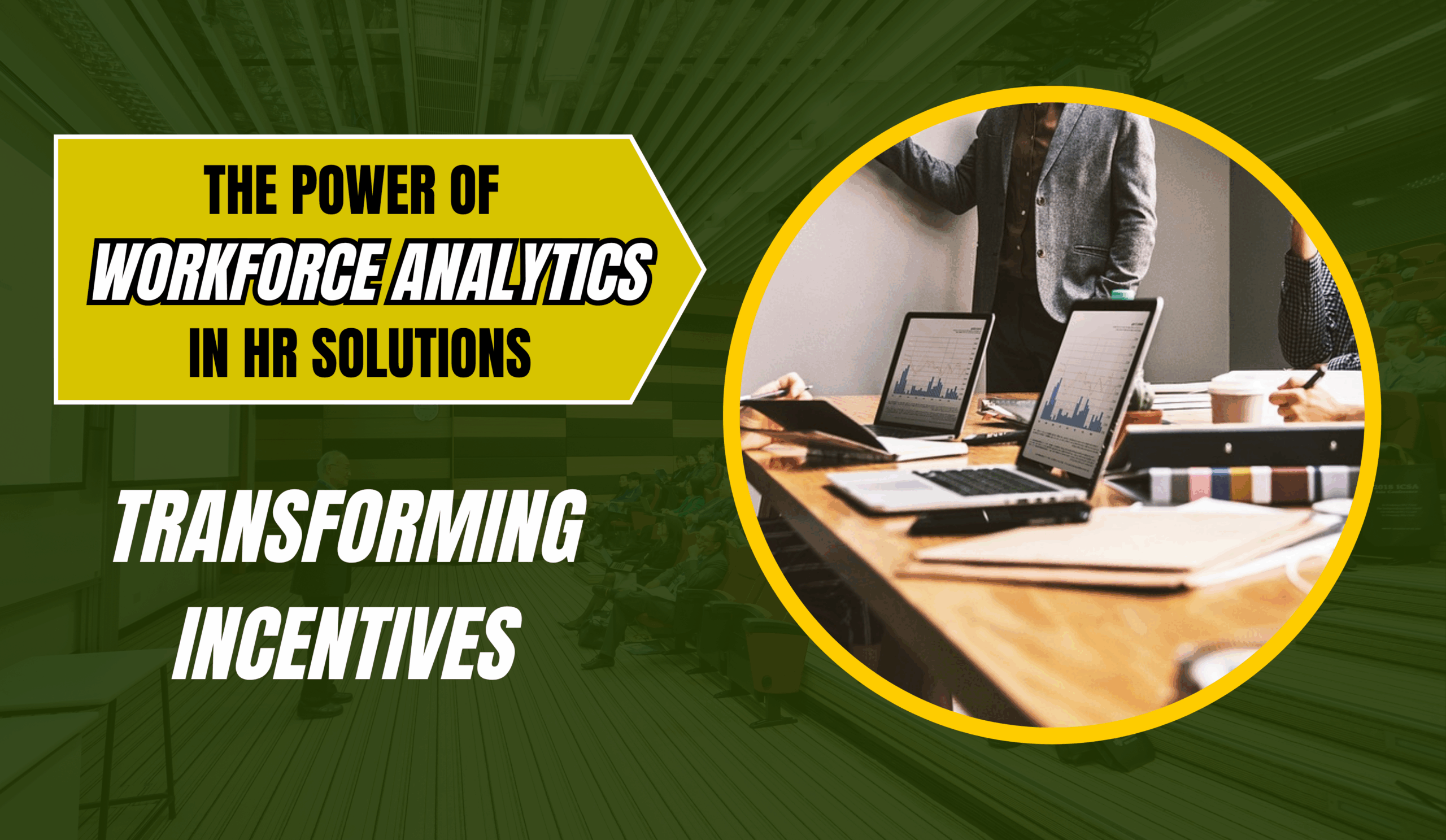Workforce analytics is becoming central to every HR decision, guiding strategies from hiring to retention. Incentive programs such as the Work Opportunity Tax Credit (WOTC), location-based incentives, and UI (Unemployment Insurance) cost control are being transformed into powerful strategic tools. Automated processes, including Verification of Employment (VOE) workflows, ensure accuracy and compliance while connecting analytics, HR software, and operational insights. By leveraging these integrated systems, businesses can make smarter, faster, and more measurable workforce decisions. The future of HR lies in smarter incentives, where every data point drives stronger outcomes for both employers and employees.
Why Are Smarter Incentives Defining the Future of HR Analytics?
Across the U.S., employers are reimagining how they manage incentive programs, moving from manual, paper-heavy processes to automated HR solution powered by workforce analytics. Data now plays a pivotal role in identifying eligibility, tracking compliance, and maximizing returns from programs like WOTC and regional hiring incentives. Rather than relying on reactive filings, forward-thinking HR teams use predictive analytics within their HR solution to forecast incentive opportunities before hiring begins.
These insights empower organizations to:
- Secure higher credits through accurate, data-based forecasting
- Make informed workforce decisions aligned with business goals
- Optimize hiring, retention, and regional expansion strategies
This evolution, from compliance to intelligence, is redefining the HR landscape across the U.S.
How Are Workforce Analytics Powering Smarter Incentive Programs?
HR departments are now moving beyond traditional recordkeeping to adopt advanced HR solution and HR software built on workforce analytics. These integrated systems transform how incentive programs, such as WOTC, UI (Unemployment Insurance) cost control, and location-based credits, are identified, managed, and optimized. By connecting hiring data, VOE (Verification of Employment) records, and workforce trends, employers can uncover which roles or regions deliver the highest incentive potential. This data-driven approach improves:
- Forecasting of WOTC eligibility, location-based credits, and potential UI liabilities
- Real-time compliance reporting and documentation
- Cost efficiency and strategic workforce alignment through HR solution
When workforce analytics, automation, and HR software work together, incentive management becomes a proactive, predictive process that drives measurable performance gains.
What Role Do Location-Based Incentives Play in Workforce Strategy?
Location-based incentives are government-backed programs in the USA designed to encourage employers to create jobs and invest in specific regions. These incentives often take the form of tax credits, grants, or payroll savings, helping businesses reduce costs while supporting local economic growth.
When paired with modern HR solution and workforce analytics, location-based incentives evolve from a compliance task into a strategic workforce planning tool. Workforce analytics can reveal where hiring delivers the greatest return, combining data on labor markets, wage patterns, available tax credits, and potential UI (Unemployment Insurance) liabilities. This empowers HR leaders to align recruitment, expansion, and retention strategies with regions offering the best financial and operational advantages.
By integrating incentive data with other HR metrics such as Work Opportunity Tax Credit (WOTC) eligibility and VOE (Verification of Employment) records, organizations gain a unified view of workforce performance across multiple locations. This data-driven approach helps companies not only optimize incentive utilization but also build stronger, more cost-effective hiring strategies tailored to regional opportunities.
Can Workforce Analytics Help Lower Unemployment Insurance Costs?
Yes, and more effectively than ever before. In today’s competitive labor market, controlling unemployment insurance (UI) costs is critical for U.S. employers. High turnover, inconsistent reporting, and reactive claim management can drive up expenses, which is where workforce analytics in a robust HR solution can deliver a measurable impact.
By integrating historical employment data, predictive models in the HR solution can detect tenure, job stability, and seasonal trends, revealing risks before they result in costly claims. This allows HR teams to act early, adjust scheduling, and improve retention.
Beyond cost control, the HR solution enhances compliance by flagging missing documentation, tracking claims in real time, and ensuring timely responses. Predicting UI trends early transforms reactive management into proactive, data-driven workforce strategies.
From Reaction to Prevention: Predicting UI Trends Early
For years, unemployment insurance (UI) management was reactive, with claims handled only after employee separations. Today, workforce analytics in modern HR solution lets employers anticipate risks and prevent costly claims. Combined with VOE (Verification of Employment) and WOTC (Work Opportunity Tax Credit) tracking, HR teams can transform UI management into a proactive strategy.
Key Advantages:
- Predicts UI claims using employee performance, tenure, and seasonal hiring trends
- Provides actionable dashboards for early intervention and retention
- Reduces UI costs, ensures compliance, and supports data-driven workforce planning
- Maximizes WOTC benefits while streamlining VOE verification
By shifting from reaction to prevention, organizations can manage UI, incentives, and overall workforce strategy smarter, faster, and more efficiently.
How Does HR Automation Strengthen Employment Verification (VOE)?
Employment verification (VOE) is a critical but often time-consuming HR function for large organizations across the USA. Traditionally, HR teams manually handled verification requests, increasing errors and slowing operations.
With automated HR solution, VOE becomes faster, more accurate, and fully compliant. These systems connect to centralized workforce databases, allowing authorized parties to access verified employment data securely in real time.
Modern HR solution leverage workforce analytics to identify verification trends, track response times, and measure efficiency. HR automation also standardizes data handling, strengthening compliance and security.
Integrating VOE with payroll, benefits, and Work Opportunity Tax Credit (WOTC) tracking gives organizations a unified HR solution. This allows HR teams to optimize WOTC management, reduce errors, and improve workforce planning. Additionally, predictive workforce analytics helps anticipate potential UI claims, enabling proactive interventions that reduce costs and support retention.
The result is a connected HR solution that streamlines verification, maximizes WOTC, lowers UI exposure, and delivers actionable insights through workforce analytics.
Why Is Integration Key to Smarter Workforce Analytics?
In today’s data-driven HR environment, managing separate systems for WOTC, VOE, unemployment insurance cost control, and workforce performance can lead to inefficiencies and fragmented insights. Each platform may hold valuable data, but without integration, that information stays siloed, limiting visibility and slowing decision-making.
By connecting these functions through a unified HR software solution, organizations gain a single source of truth for workforce analytics. This integration allows data from different HR processes to flow seamlessly, enabling HR teams to track incentives, verify employment, manage UI claims, and analyze workforce trends in one centralized dashboard.
Integrated systems also reduce redundancy. For example, data collected during WOTC screening can automatically feed into workforce planning analytics or compliance tracking. Similarly, VOE records can support UI claim verification and retention analysis without repetitive manual input. This creates a streamlined, data-backed HR workflow that strengthens both accuracy and efficiency.
When HR operations are unified, analytics become smarter, providing leadership with actionable insights for forecasting, budgeting, and workforce optimization across every location in the USA.
The Power of Unified Data in Workforce Strategy

Integration doesn’t just streamline workflow; it drives strategy. HR solution with integrated dashboards connect incentive programs, compliance tracking, and employee data, giving a full view of the workforce.
These unified insights help spot trends, manage risk, and measure the impact of programs like WOTC and location-based incentives. Real-time updates enhance compliance and reduce reporting errors.
Ultimately, unified workforce analytics empowers organizations to make faster, smarter decisions, turning complex HR data into measurable growth.
How Is Walton Turning Workforce Data Into Strategic Advantage?
By leveraging the capabilities outlined on waltonmgt.com, Walton brings together analytics, HR automation, and compliance into a unified HR solution. Rather than treating functions like WOTC, VOE, and unemployment insurance cost control as separate tasks, Walton’s platform integrates them under one system, creating a single, comprehensive data environment.
This integration turns disparate data points from tax credit screening, verification processes, and UI claim management into continuous feedback loops. When data flows seamlessly across those modules, HR teams can forecast hiring incentives, monitor costs in real time, and fine-tune strategy based on evolving workforce patterns. The result: smarter insights, faster decisions, and more efficient operations.
Walton’s Data-Driven Approach to Workforce Optimization
With the architecture shown on waltonmgt.com, Walton’s system empowers employers to:
- Maximize incentives through synchronized WOTC and region-based credit screening
- Control UI costs using predictive modeling and early claim detection
- Ensure verification accuracy via automated VOE workflows
- Drive insights through dashboards that visualize trends across all HR domains
Together, these capabilities illustrate how integrating analytics, compliance, and incentive management can transform raw data into a strategic advantage.
What Does the Future Hold for Workforce Analytics in HR?
The future of workforce analytics in HR is defined by intelligence, integration, and impact. Organizations across the USA are rethinking how they use HR solution and workforce analytics to improve recruitment, retention, and overall performance.
Next-generation HR solution will go beyond tracking to become predictive and prescriptive. Advanced workforce analytics will highlight trends and recommend actions in real time, optimizing incentive programs like WOTC, managing UI risks, and streamlining VOE processes.
Automation reduces repetitive tasks, allowing HR teams to focus on strategy. Integrated analytics provide visibility across WOTC, UI, and VOE, turning data into actionable insights.
By leveraging workforce analytics and modern HR solution, organizations can make evidence-based decisions, enhance compliance, optimize incentives, and proactively manage talent. The future of HR belongs to those who use workforce analytics and HR solution to shape performance, maximize WOTC, and manage UI and VOE effectively.
Conclusion
As workforce analytics continues to evolve, HR is no longer just an administrative function; it’s becoming a driver of measurable business performance. The integration of HR software, automation, and data intelligence allows employers to connect compliance, incentives, and workforce strategy into one seamless ecosystem.
Programs like the Work Opportunity Tax Credit (WOTC), VOE automation, and unemployment insurance cost control are now part of a much larger story one where data powers every decision, from hiring to retention. With the right tools and insights, HR leaders can shift from reactive management to proactive strategy, turning complexity into clarity and compliance into competitive advantage. Contact us now to access expert HR and workforce analytics solutions.
The next era of HR belongs to those who embrace smarter incentives, unified analytics, and continuous innovation. As technology continues to bridge the gap between data and decision-making, organizations that invest in workforce analytics today will define the smarter, more efficient workplaces of tomorrow.

